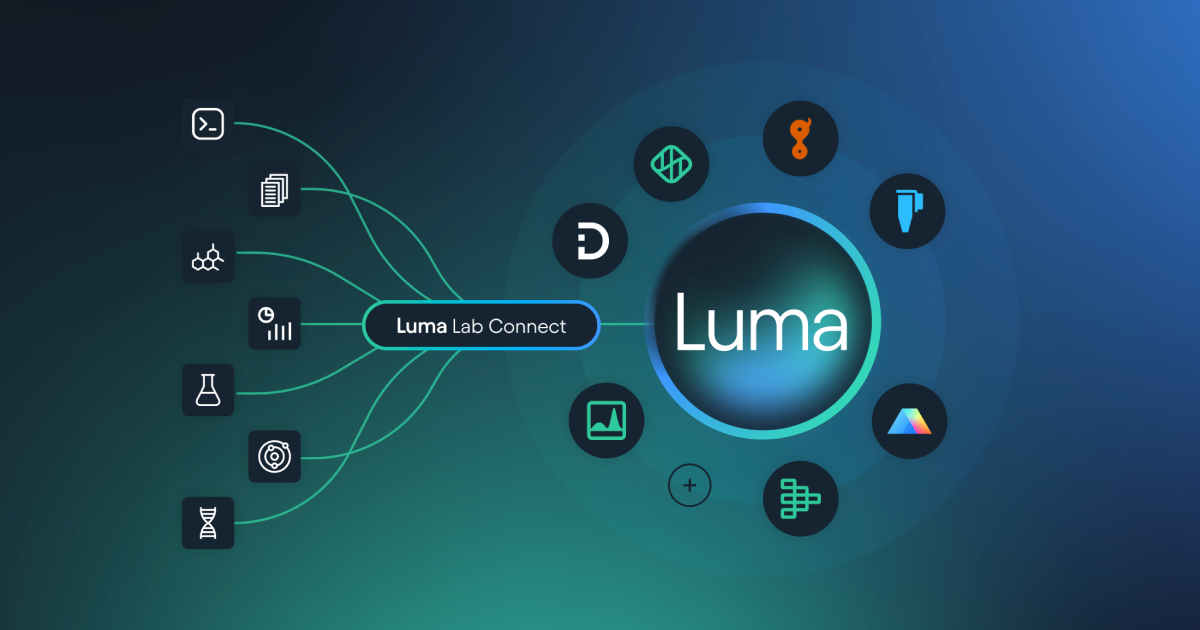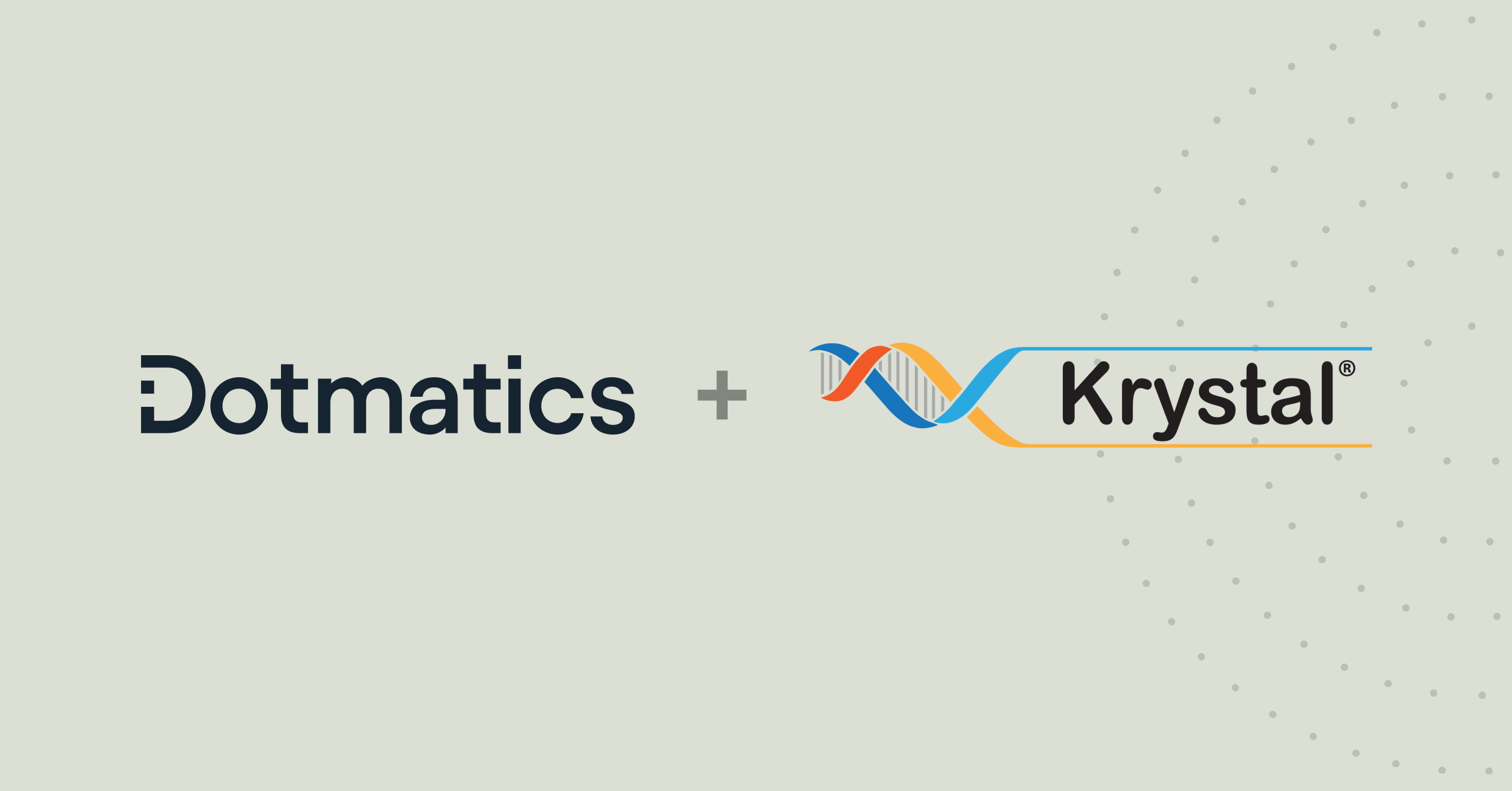Overcoming Challenges to Achieve Innovation
Ensuring data integrity in the lab is a complex endeavor made even more difficult by evolving technology and external challenges. Adopting strong data-management strategies and tools to navigate these challenges can help scientists and R&D professionals gain more trust in their data and processes. This not only helps ensure that research will withstand deeper scrutiny and questioning, but it can also free teams to refocus their time on lab work and innovation.
Three Factors Influencing Data Integrity in the Lab
While a plethora of factors impact data integrity in the lab, three are fundamental: culture, technology, and training.
Culture: Supporting a culture of accountability, quality, and security across an organization is key to upholding data integrity in the lab. Yet, at the same time, researchers are often under incredible pressure to produce, whether that be pressure on academics to get published or secure funding, or pressure on scientists working within industry to meet aggressive deliverable timelines. This pressure to deliver results quickly can sometimes jeopardize best practices in data integrity. However, short-cuts must be avoided because they can lead to costly repercussions; for example, researchers might need to repeat work, reprocess data, or retract findings; product safety and efficacy may be called into question; patents or funding might be threatened, and, ultimately, reputations may be tarnished. To avoid these pitfalls, organizations must balance milestone- and time-based goals with an overarching commitment to data integrity. This means holding researchers accountable for good, reproducible experimentation that can withstand deeper scrutiny and questioning; but those researchers need to be given the right tools to do such. Ultimately, the onus is on organizations to empower their researchers by investing in data-management technology and processes that help their teams adopt the good data practices needed to support good research.
Technology: With the right technology and processes in place, organizations can instill the checks-and-balances needed to reduce the potential impact of managerial and external factors on data integrity. Efforts should span the entire data lifecycle. To start, teams must ensure complete and accurate collection of the raw R&D data that serves as the original source of truth. They must optimize how that data is collected, stored, backed up, controlled, accessed, shared, authenticated, and processed so as to enable scientific exploration that is not only efficient and effective, but also trustworthy and secure. Ultimately, teams should aim to digitally record a complete data-provenance trail that can trace back through layers of processing and analysis by different users in order to facilitate both auditing and recovery/re-creation when needed. As funding and regulatory bodies like the NIH and FDA increasingly prioritize FAIR data sharing and research reproducibility, it is more important than ever for organizations to adopt best practices in how they document their processes and handle their data; and as part of this, teams must also consider the potential impact of advanced technologies like LLMs and generative AI on data traceability and research reproducibility.
Training: Data integrity is a shared responsibility and continuous education and training is crucial to creating a culture of quality. Everyone needs to understand their role in research integrity and security. This starts with setting clear expectations at every level of an organization, from researchers to management to executives. For example, researchers should not only be trained on how tools and processes work, but they should also be given clear guidance on who is responsible for what. The ultimate goal is for researchers to be able to uphold their work with clear experimental planning, proper data recording, and good documentation. Beyond supporting research reproducibility and credibility, thorough record-keeping is essential for times of transition and training of new lab members. At the management level, lab leaders should initiative every project by documenting data-management requirements and providing avenues for reporting issues. And, as a whole, an organization should prioritize not just technology adoption alone, but also the human element; both are essential to establishing a trustworthy discovery process that delivers accurate, reproducible results.
Learn How to Improve Data Integrity in Your Lab
At Dotmatics, we know that ensuring data integrity in the lab can be a difficult endeavor, so we brought together some top experts in the field to share advice on how to overcome common challenges.
On-Demand Webinar: Data Integrity in the Lab
In the webinar, Data Integrity in the Lab, a panel of experts dove deeper into the ways data integrity impacts scientific innovation and explored best practices that can set labs on a path toward success.
Watch the recording now to learn how to:
Build your data-integrity checklist to set-up your lab for success.
Maintain rigorous data-integrity standards to ensure the reliability of scientific outcomes.
Identify and mitigate technological, managerial, and external threats to data integrity.
Select and implement data-management technologies that enhance research validity without compromising the pace of innovation.
Panelists include:
Daniel Ayala (host) - Chief Security & Trust Officer at Dotmatics
Irina Tarassova - Senior Data Officer at Charnwood Discovery
Marie Linvill - VP of Product Management at Lab Archives
Trajen Head - Senior Product Manager at GraphPad Prism
Lab-Data-Integrity Checklist
Our panel of experts helped compile a lab-data-integrity checklist that shows key steps needed to establish a culture of quality across your organization.




